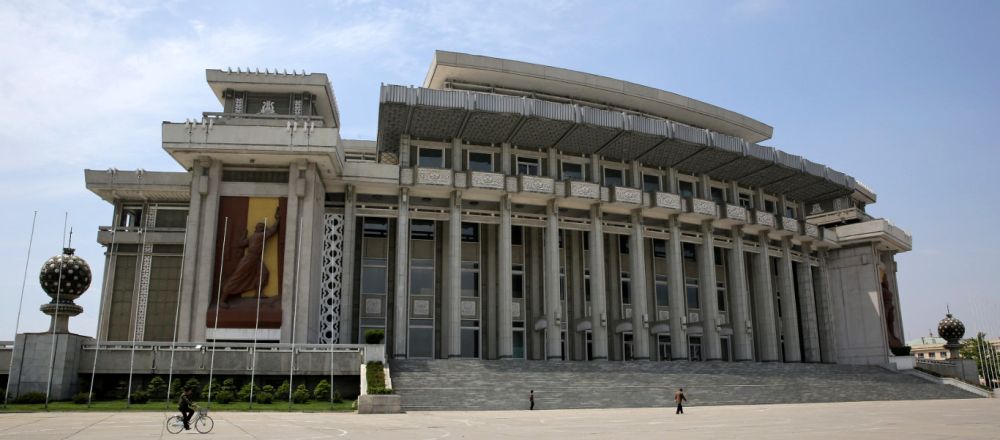

Hamhung is North Korea's second-largest city after the capital, Pyongyang, and it is located on the country's east coast. Known for its industrial facilities and scenic attractions like the nearby Majon Beach Resort, Hamhung holds historical and cultural significance in North Korea. However, tourism in Hamhung, as with much of North Korea, has been tightly controlled and limited by the government.
The history of tourism in Hamhung is fundamentally intertwined with the broader context of North Korean tourism. While specific details about the very early days of tourism in Hamhung are sparse, it is known that during the Japanese occupation before World War II, the region was industrialized, and the city's infrastructure started to develop.
After the Korean War, much of Hamhung was rebuilt, with efforts focused on cement, chemical, and textile factories. Tourism during this period was virtually nonexistent, given the country's focus on reconstruction and industrialization. It wasn't until much later, as North Korea started to experiment with opening up to international tourists, that Hamhung would have been considered as a destination for visitors.
It was only in the late 20th century that North Korea began permitting limited numbers of Western tourists to visit the country, primarily through tightly scheduled group tours. These tours would often include a guide and would focus on showcasing the successes of North Korea, often excluding cities like Hamhung from the itinerary in favor of more polished cityscapes and landmarks in Pyongyang and historical sites like the DMZ.
Today, tourism in Hamhung remains a rarity, with only a small number of specialized tour agencies granted the permissions necessary to bring foreign tourists into the city. These tours are highly controlled and offer limited interaction with local inhabitants. What attracts the few tourists that visit are sights like the Hamhung Grand Theatre, the large bronze statue of Kim Il-sung, and the nearby scenic beaches.
Interest in Remote Destinations: There has been a growing trend among tourists to seek out more remote and unusual travel experiences, leading to a slight increase in interest in places like Hamhung. However, political considerations and international relations continue to heavily influence tourism in North Korea.
Increased Visibility Through Cultural Diplomacy: North Korea has, in recent years, attempted to present a friendlier face through cultural diplomacy, which may indirectly promote tourism. Events like the Mass Games offer a rare opportunity for outsiders to witness North Korean culture en masse.
Sanction Impacts: International sanctions against North Korea have affected the country's ability to promote tourism on a larger scale. Potential tourists are also often deterred by the ethical concerns and the stringent travel restrictions imposed on visitors.
Despite the unique appeal of Hamhung to intrepid travelers and researchers, the city remains largely elusive due to the complexity of arranging visits and the opaque nature of North Korean tourism policies. The future of tourism in Hamhung, just like elsewhere in North Korea, remains uncertain and subject to the geopolitical climate and the country's tourism strategy.